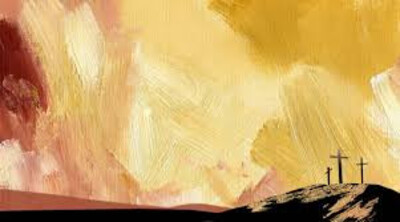Resurrection of Our Lord - Easter Sunday
Literarily and theologically, Mark’s gospel ends awkwardly at 16:8. The women are astonished and afraid, and what most scholars consider the original ending of Mark seems more like the middle of the story than its end. What about appearances of the risen Christ? What about the joyful proclamation that death has not had the last word? Mark’s gospel is problematic for those anticipating the more complete story of resurrection recounted by other gospels. For some circumstances, however, Mark’s ending hits just the right note—especially for those who aren’t sure about resurrection themselves, or whose own lives are in an awkward, unresolved limbo.
In Mark’s version, all we have to depend on are Jesus’ earlier words, the realization that the women must have shared their experience eventually, and the intriguing possibility of the empty tomb. Somehow the women’s fear must have eventually become courage, but Mark leaves it up to his readers to wonder how. Still, Mark’s “ending” contains hope: even in times of uncertainty and fear, we can live the story of resurrection, depending on Jesus’ words, the church’s testimony, and the intriguing possibility of new life in Christ.
As we too are still in the middle of our life stories, Mark’s gospel is a good companion. Most of the time we live with an awkward, unresolved mix of fears and possibilities, in which resurrection is hinted at rather than completed. This is true for the church as well; this story may appear to be the end, but it’s really just the middle. The story of the risen Jesus continues in the mission of the church, Christ’s body. The possibility of resurrection draws us into a community that lives out the middle of its story in the hope and witness of Christ’s new life.

